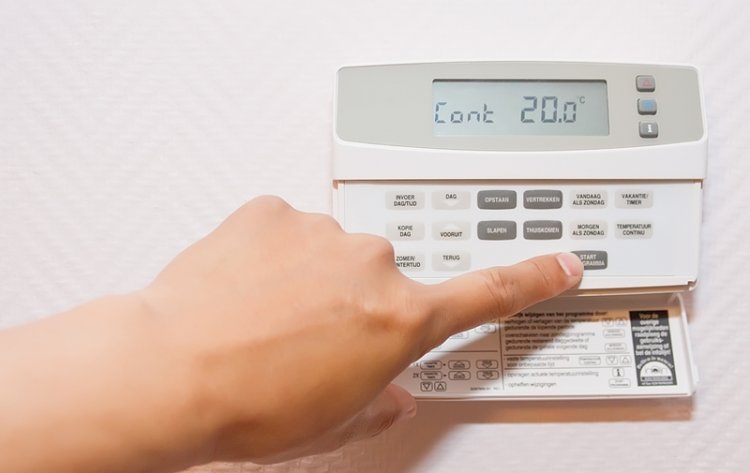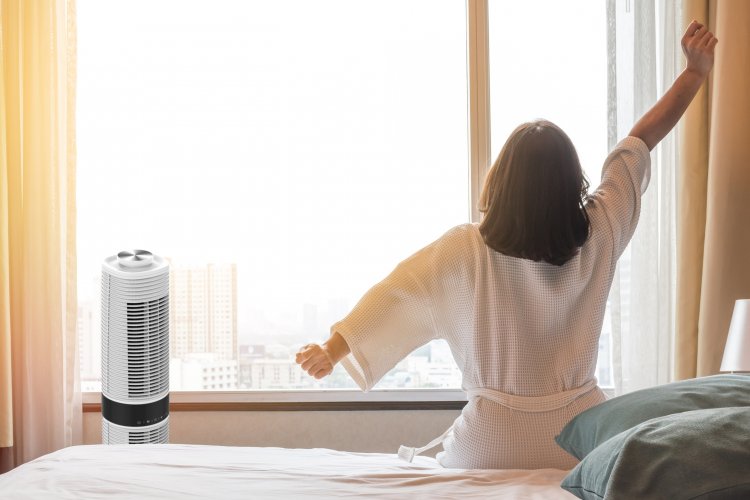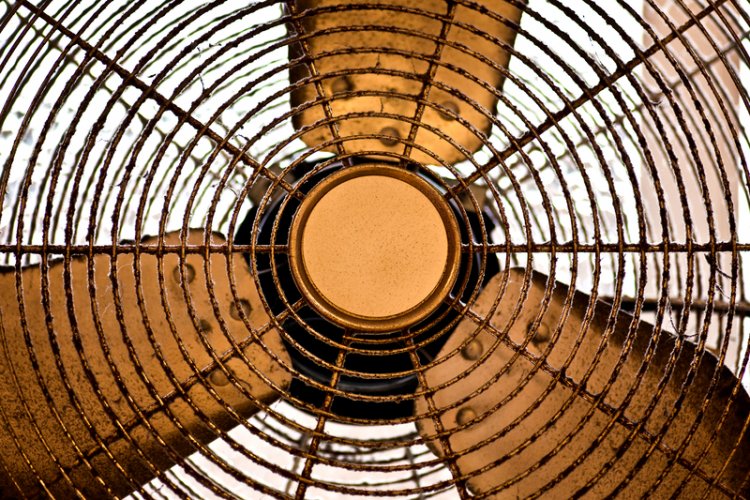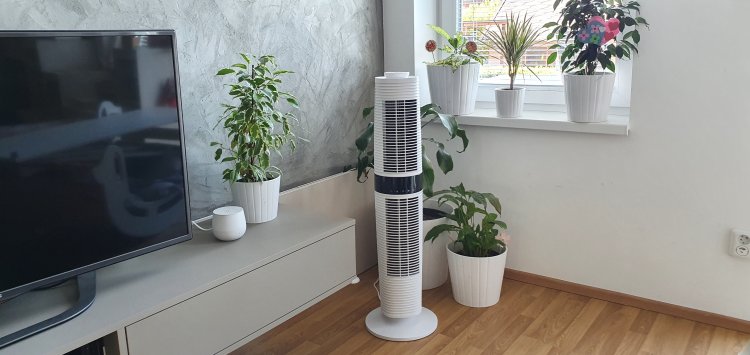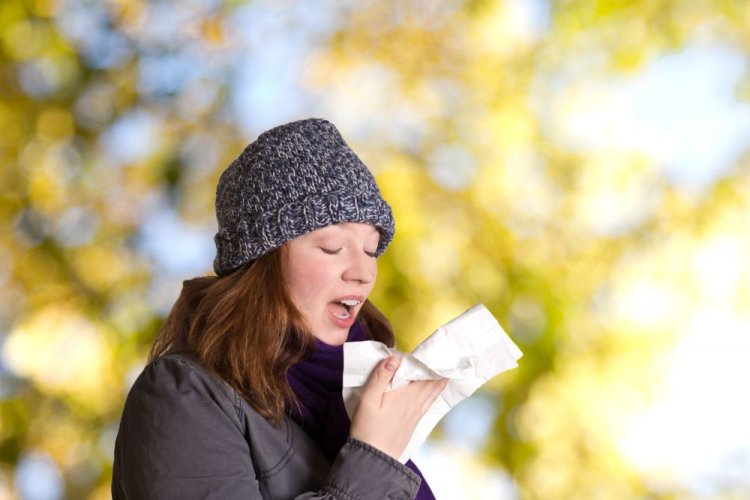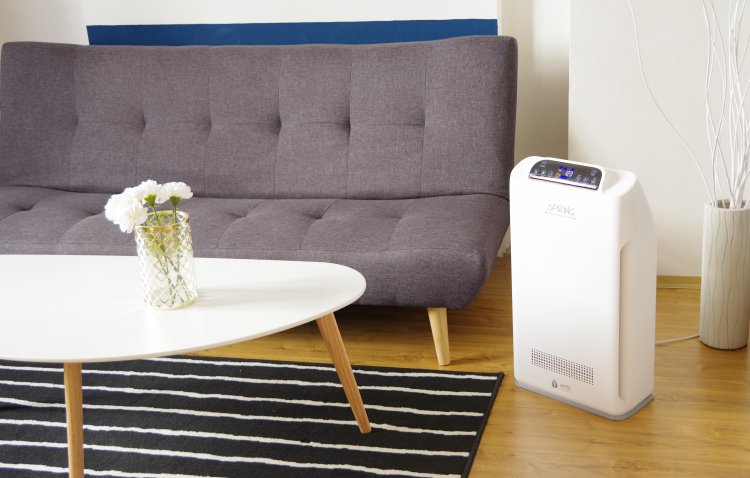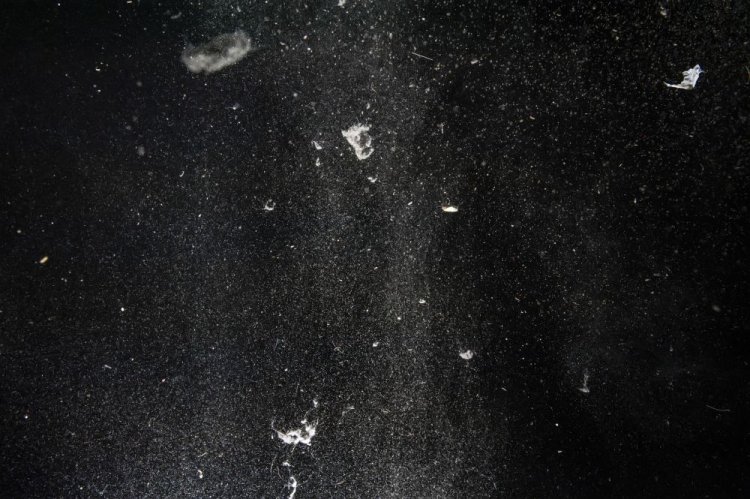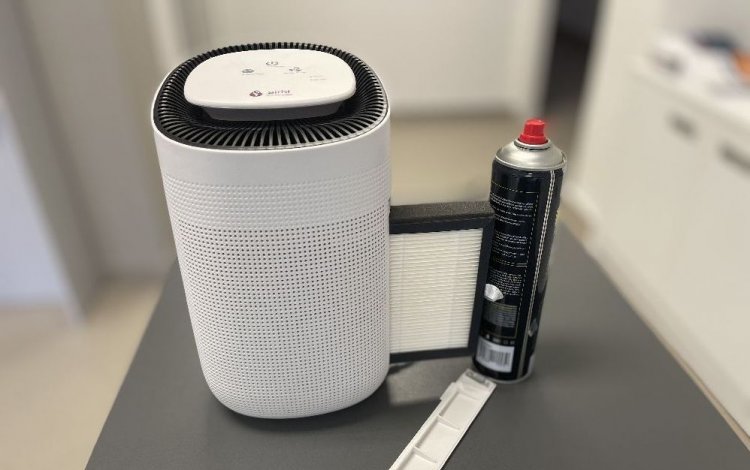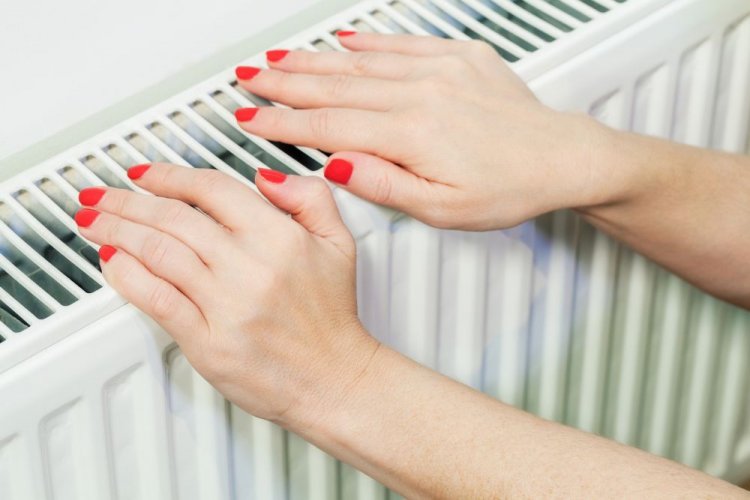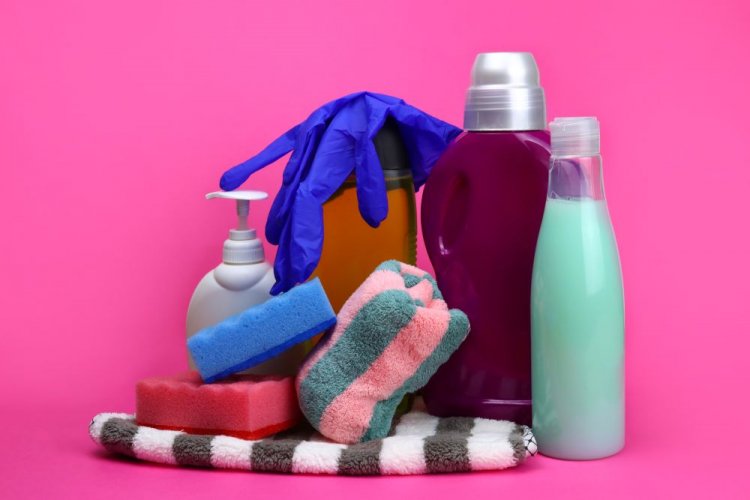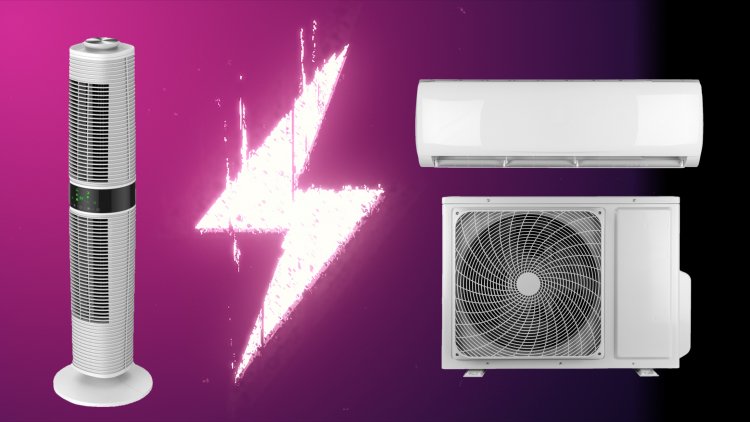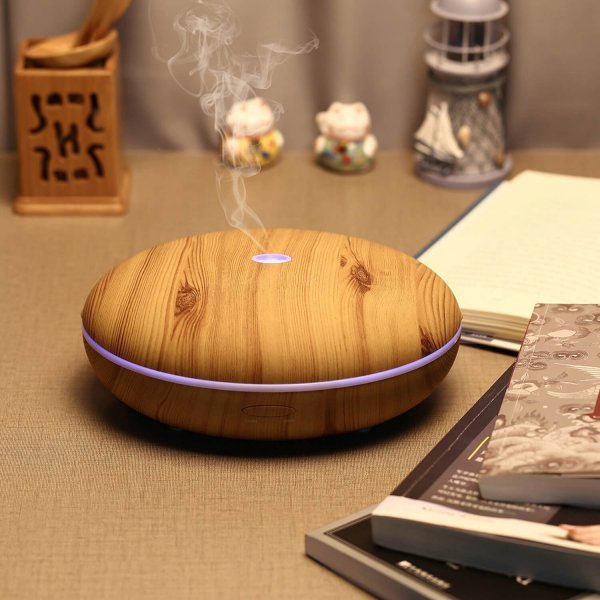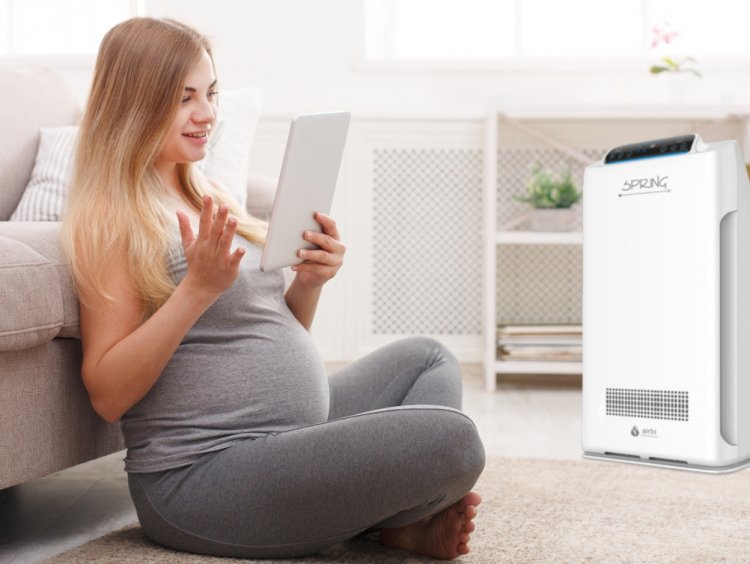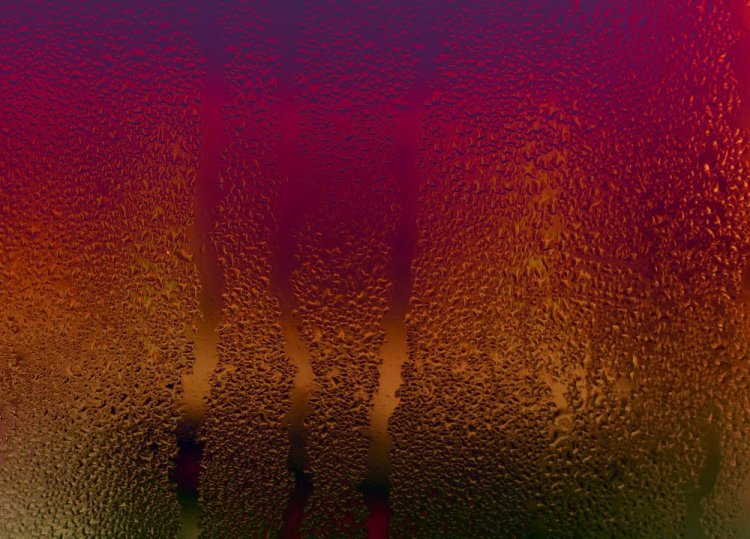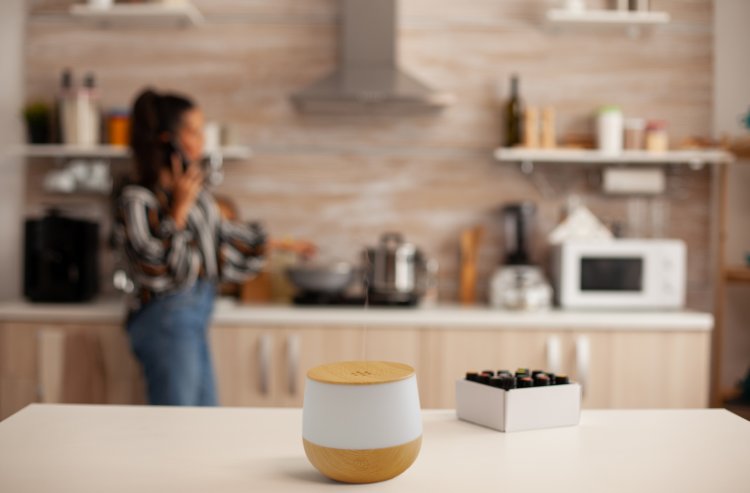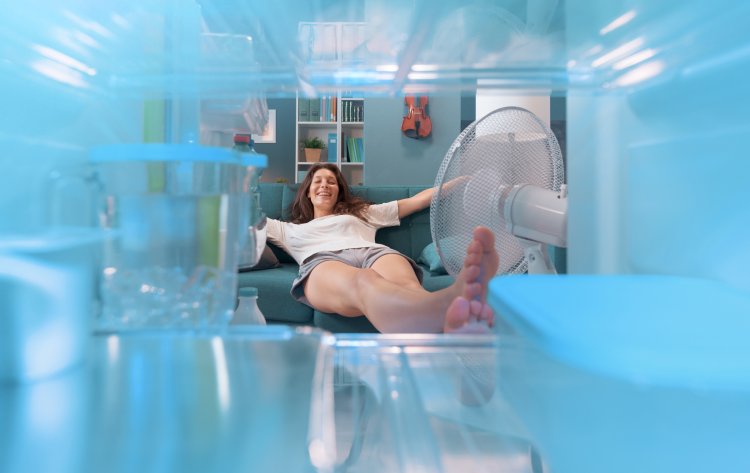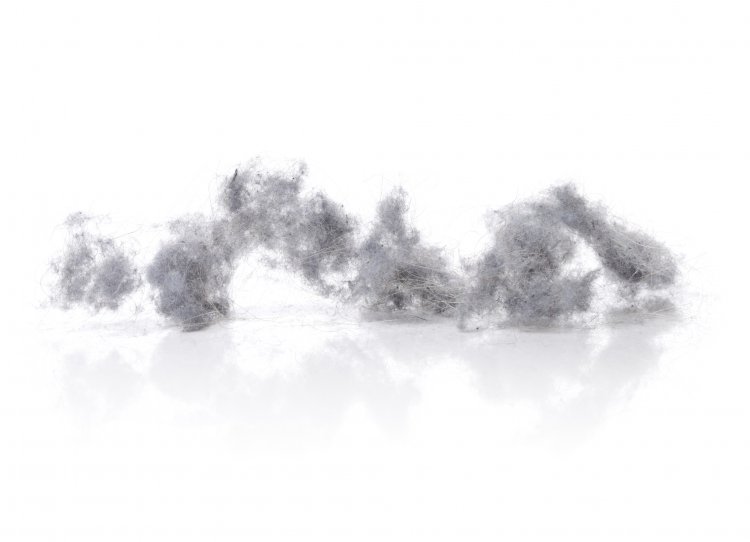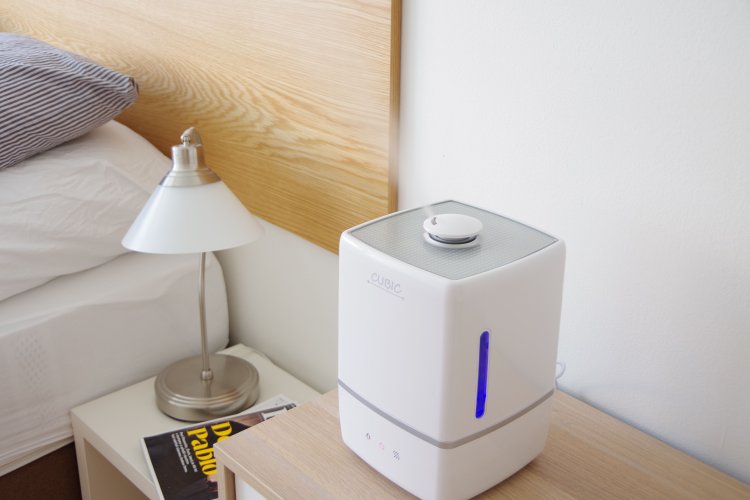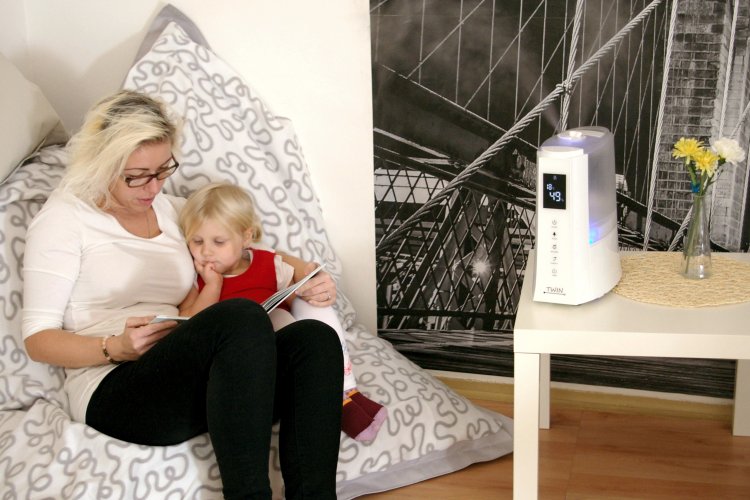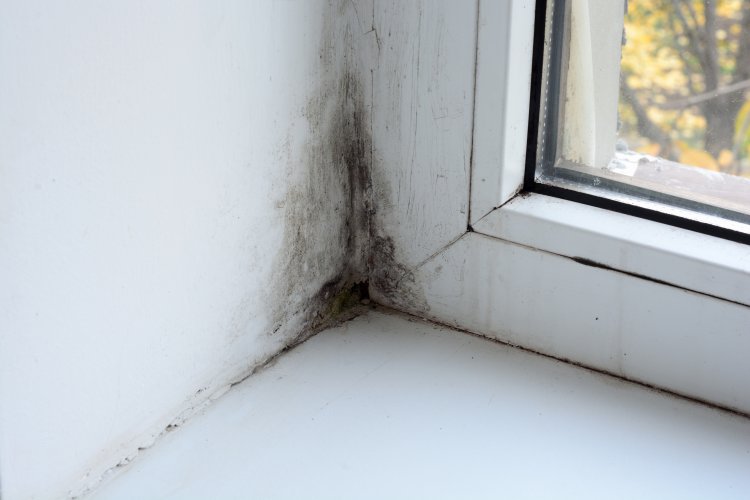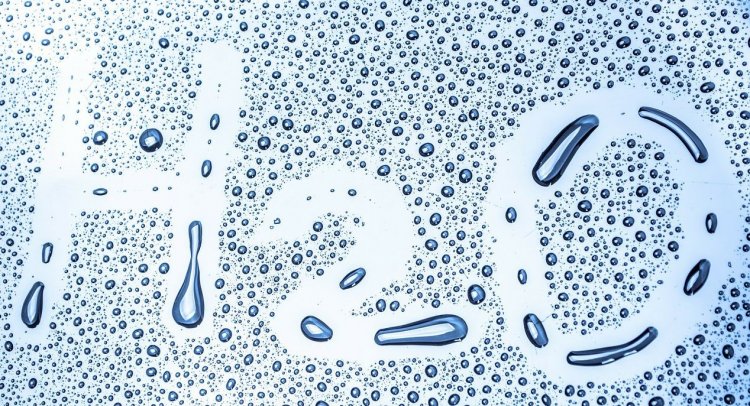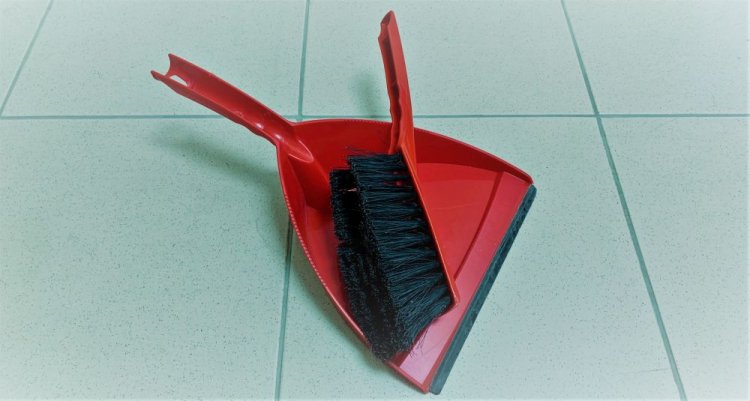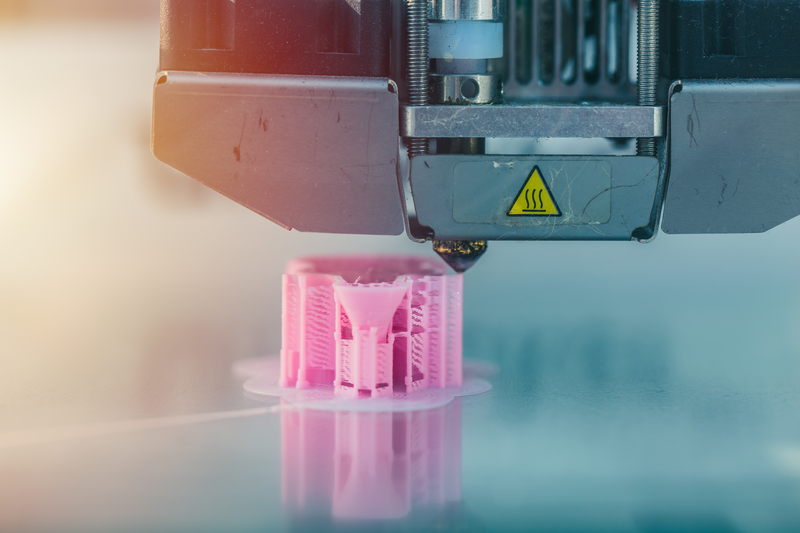

4 advantages (and 1 disadvantage) of desiccant dehumidifiers
Feb 20, 2025High humidity can be unpleasant. If you're choosing a dehumidifier, this brief overview of the advantages and disadvantages...
Recently we have been contacted by a number of customers who were considering purchasing an air purifier as protection against emissions from a 3D printer. How do home purifiers perform in these cases? Can they filter out impurities released during 3D printing? Are they really effective in such cases?
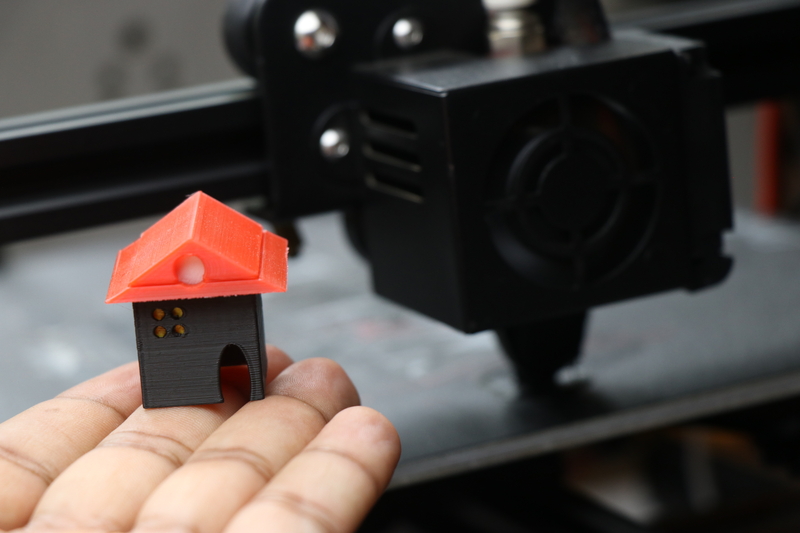
Unfortunately, there is no clear answer. 3D printing is a relatively new and dynamically developing technology and all the possible dangers have not yet been fully explored. Moreover, there are a number of different materials and technologies that bring with them different risks. Also, there may be variations between printers and materials.
Perhaps the most frequently mentioned potential risk in connection with 3D printing is the emission of ultrafine dust particles, i. e. particles smaller than 0.1 µm. These can be particularly dangerous as they can penetrate not only deep into the lungs but also further into the blood. Could you use an air purifier to clear the air in the room from these pollutants? The good news is that the HEPA filters that most quality air purifiers (and all of Airbi air purifiers), can successfully capture these particles.
However, an air purifier placed in a room near the 3D printer cannot be relied upon to capture all particles and filter them out immediately. For example, this Finnish experiment conducted in conditions similar to how printers are actually used–at schools, businesses, or homes–showed that even local exhaust ventilation (LEV) placed directly above the printer does not achieve good results. The experiment showed that an effective solution is to put a 3D printer in an enclosure, preferably in an enclosure equipped with ventilation and filtration.
To mitigate the risks associated with 3D printing as much as possible, it is usually recommended to print in well-ventilated rooms, not to stay in these rooms during printing, to maintain and clean the device properly, and preferably to use an enclosure for the printer as well. A home air purifier cannot be used as a replacement for these solutions, at most it can complement them.



